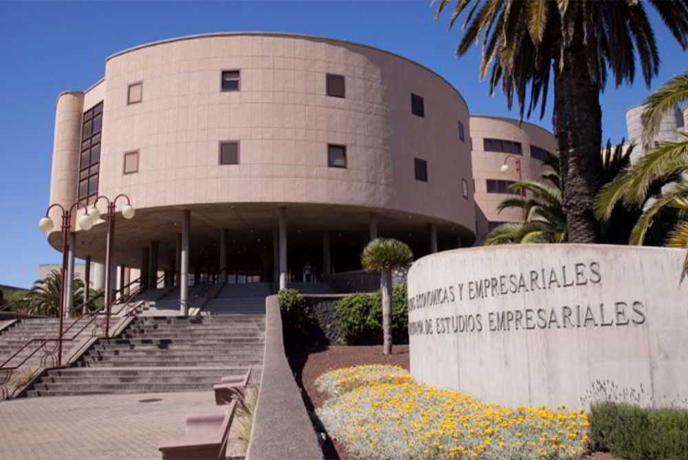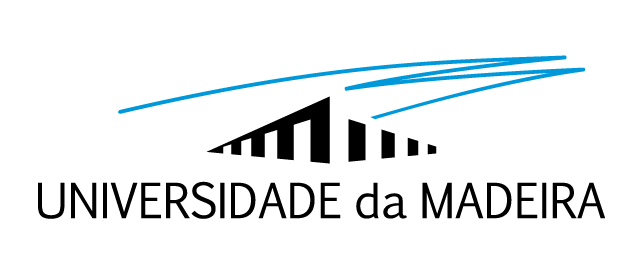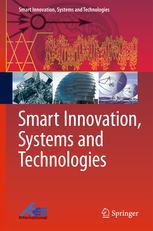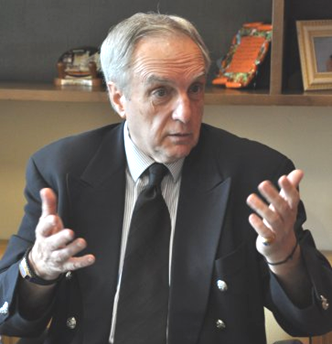The Faculty of Economics, Business and Tourism and the University Institute of Social Research and Tourism belong to the University of La Laguna, located on the island of Tenerife in Spain.
Tenerife is the largest and most populous island of the Canary Islands. It is home to 43% of the total population of the archipelago. With a land area of 2,034.38 square kilometres (785.48 sq mi) and a population of 917,841 inhabitants at the start of 2019, it is also the most populous island of Spain and of Macaronesia.
Approximately five million tourists visit Tenerife each year: It is the most visited island in the archipelago. It is one of the most important tourist destinations in Spain, hosting one of the world's largest carnivals, the Carnival of Santa Cruz de Tenerife.
The capital of the island, Santa Cruz de Tenerife, is also the seat of the island council (cabildo insular). That city and Las Palmas de Gran Canaria are the co-capitals of the autonomous community of the Canary Islands. The two cities are both home to governmental institutions, such as the offices of the presidency and the ministries. This has been the arrangement since 1927, when the Crown ordered it. (After the 1833 territorial division of Spain, until 1927, Santa Cruz de Tenerife was the sole capital of the Canary Islands). Santa Cruz contains the modern Auditorio de Tenerife, the architectural symbol of the Canary Islands.
The island is home to the University of La Laguna. Founded in 1792 in San Cristóbal de La Laguna, it is the oldest university in the Canaries. The city of La Laguna is a UNESCO World Heritage Site. It is the second most populous city on the island, and the third most populous in the archipelago. It was the capital of the Canary Islands before Santa Cruz replaced it in 1833. Tenerife is served by two airports, Tenerife North Airport and Tenerife South Airport.
Teide National Park, located in the center of the island, is also a UNESCO World Heritage Site. It includes Mount Teide, which has the highest elevation in Spain, and the highest among all the islands in the Atlantic Ocean. It is also the third-largest volcano in the world, when measured from its base. Another geographical feature of the island, the Macizo de Anaga (massif), has been designated as a UNESCO Biosphere Reserve since 2015. Tenerife also has the largest number of endemic species in Europe.

Faculty of Economics, Business and Tourism of the University of La Laguna
This email address is being protected from spambots. You need JavaScript enabled to view it.
How to get to the Faculty of Economics, Business and Tourism at the Universidad de la Laguna?
From the Tenerife North airport (38297 San Cristóbal de La Laguna, Santa Cruz de Tenerife, Spain)
- by TF-5. (13 min (8,0 km))
- Take the TF-5, 6 min (2,7 km)
- Continue on TF-5 towards San Cristóbal de La Laguna, 5 min (4,5 km)
- Continue to Prof. José Luis Moreno Becerra Street. Go to Calle Rector Ángel M. Gutiérrez Navarro,
2 min (750 m)
- by TF-5 and Av. de los Menceyes. (12 min (6,4 km))
- Take the TF-5, 6 min (2,7 km)
- Continue on TF-5 towards San Cristóbal de La Laguna, 2 min (1,8 km)
- Continue onto Av. Ángel Guimerá Jorge, 1 min (450 m)
- Follow Av. De los Menceyes to Calle Prof. José Luis Moreno Becerra, 2 min (1,0 km)
- Continue to Prof. José Luis Moreno Becerra Street. Go to Calle Rector Ángel M. Gutiérrez Navarro, 57 s (400 m)
- by TF-5. (40 min (60,0 km))
- Head southwest toward TF-1 (33 s (450 m))
- Take the TF-1 to San Cristóbal de La Laguna. Get off at TF-2, 37 min (58,3 km)
- Follow Prof. José Luis Moreno Becerra Street to Rector Ángel M. Gutiérrez Navarro Street, 3 min (1,2 km)
Longitude: 16° 18' 21.736" W











